Counterfeit $50 USD Bills
$210.00 – $2,500.00
Understanding the History of the 50 usd bill
The 50 usd bill, a staple in the wallets of many Americans, carries more than just monetary value. It holds a rich history and a story that reflects the evolution of the United States itself. Not only does it represent economic utility, but it also serves as a canvas that narrates the country’s historical journey and its prevailing values over time. In this article, we’ll dive into the fascinating history of the $50 bill, exploring its design changes, the prominent figures featured on it, and its role in the economy over the years. We will also consider its potential future in an increasingly digital financial landscape.
The Origins of the 50 usd bill
The $50 bill has been a part of the United States currency system for over a century. It was first issued in the late 19th century as part of the United States’ effort to standardize its currency system. Before this standardization, a variety of currencies circulated, issued by different banks and often varying in value. This lack of uniformity often led to confusion and mistrust among the public, prompting the need for a more centralized and reliable currency system.
The introduction of the $50 bill was part of a broader movement to establish a cohesive national currency following the turmoil of the Civil War. This move not only facilitated smoother trade and commerce but also reinforced the federal government’s authority over monetary policy. As the United States grew economically and geographically, the $50 bill became an essential component of the nation’s financial infrastructure, aiding in both everyday transactions and larger financial dealings.
The Design Evolution
The design of the $50 bill has undergone several transformations since its inception. Early versions of the bill were simple, featuring basic designs and limited security features. These initial designs mirrored the technological constraints and aesthetic preferences of the time. Over the years, as technology advanced and the need for security increased, the $50 bill evolved significantly. Each redesign not only aimed to improve security but also to reflect contemporary American values and achievements.
The design evolution of the $50 bill can be seen as a timeline of technological advancements in printing and anti-counterfeiting measures. As America advanced, so did the intricacy and complexity of its currency. This evolution is not just about aesthetic changes but also about the dynamic interplay between art, technology, and security, ensuring that the currency remains both a practical and symbolic representation of the nation.
Initial Designs
The initial designs of the $50 bill were straightforward, featuring basic engravings and minimal security features. These early bills were often susceptible to counterfeiting, which led to a continuous push for more secure designs. The simplicity of these designs was largely due to the limited printing technology available at the time, which could not support the intricate features we see today.
In these early stages, the focus was primarily on functionality and mass production to meet the growing demand for standardized currency. Despite their simplicity, these early $50 bills played a crucial role in establishing a stable economic environment in post-Civil War America. They were the bedrock upon which more sophisticated and secure designs would be built, paving the way for the modern currency we use today.
Security Enhancements
As counterfeiting techniques became more sophisticated, so did the security features of the $50 bill. Modern bills include a variety of security features such as watermarks, color-shifting ink, and security threads that make counterfeiting extremely difficult. These enhancements are the result of continuous research and development aimed at staying ahead of counterfeiters, who are constantly finding new ways to replicate currency.
The introduction of these security features marked a significant turning point in the design of the $50 bill. It demonstrated the government’s commitment to protecting the integrity of its currency and ensuring public confidence in its monetary system. These enhancements also reflect broader technological advancements and the increasing importance of secure and reliable financial transactions in a globalized economy.
The Prominent Figures on the 50 usd bill
Throughout its history, the $50 bill has featured notable figures who have played significant roles in American history. Understanding who these figures are provides insight into the values and principles that the United States holds dear. These individuals were chosen not just for their accomplishments but also for the ideals they represent, making the $50 bill a tribute to American leadership and innovation.
The choice of figures on the $50 bill is a reflection of the nation’s evolving identity and the qualities it seeks to honor. Each figure has left an indelible mark on the country’s history, and their inclusion on the bill serves as a reminder of their contributions to the nation. This historical context adds a layer of depth to the currency, transforming it from a mere financial tool into a symbol of national pride.
Ulysses S. Grant
The most recognizable face on the $50 bill today is Ulysses S. Grant, the 18th President of the United States and a prominent Union general during the Civil War. Grant’s leadership and contributions to the country made him a fitting figure to feature on the bill. His presence on the $50 bill is a testament to his pivotal role in shaping the United States during one of its most turbulent periods.
Grant’s legacy extends beyond his military achievements; he was also a staunch advocate for civil rights during his presidency. His efforts to protect the rights of freed slaves and to promote equality make him a symbol of progress and justice. By featuring Grant on the $50 bill, the United States honors not only his military prowess but also his commitment to the principles of liberty and equality.
Grant’s Impact
Grant is remembered for his role in leading the Union Army to victory during the Civil War and his efforts to promote civil rights during his presidency. Featuring him on the $50 bill is a tribute to his leadership and dedication to preserving the Union. His presidency, though marked by some controversies, was pivotal in navigating the post-war reconstruction era and setting the stage for future civil rights advancements.
Grant’s impact on American history is profound, and his legacy continues to inspire generations. His inclusion on the $50 bill serves as a reminder of the challenges the nation has faced and the resilience it has shown in overcoming them. It also highlights the importance of leadership and vision in shaping a nation’s destiny.
Other Historical Figures
Before Grant, other historical figures appeared on the $50 bill. These individuals were often chosen for their significant contributions to the nation, reflecting the values and history of the United States at the time. The selection of these figures was a way to honor those who had played crucial roles in the country’s development and to educate the public about their achievements.
The diversity of figures featured on the $50 bill over time underscores the dynamic nature of American history and the evolving criteria for national heroes. Each change in the bill’s design and the figures it features reflects shifts in societal values and the recognition of different aspects of American history. This ever-changing roster of figures ensures that the $50 bill remains a living document of the nation’s past.
The Role of the $50 Bill in the Economy
The $50 bill plays an important role in the economy, both domestically and internationally. Its usage and circulation have evolved over time, reflecting changes in economic practices and consumer behavior. As a high-denomination bill, it serves as a bridge between everyday transactions and larger financial operations, underscoring its versatility and importance in the monetary system.
The $50 bill’s role in the economy extends beyond mere transactions. It is also a symbol of economic stability and confidence, both within the United States and abroad. Its continued use and acceptance in various financial contexts highlight the enduring trust in the U.S. dollar and its pivotal role in global commerce.
Domestic Use
In the United States, the 50 usd bill is commonly used for larger transactions, such as paying for goods and services that exceed smaller denominations. Its presence in everyday commerce highlights its practicality and necessity in the economy. From paying for dinner at a restaurant to making significant purchases, the $50 bill facilitates a wide range of financial activities, making it a staple in the wallets of many Americans.
The domestic use of the $50 bill is also influenced by cultural and economic factors. In a society that values convenience and efficiency, the $50 bill provides a practical solution for handling larger sums of money without the need for multiple smaller bills. Its widespread acceptance and utility in various transactions underscore its role as a cornerstone of the American monetary system.
International Influence
The $50 bill is also recognized and used internationally. It is often preferred in foreign transactions due to its higher denomination and the trust in the stability of the U.S. dollar. This international use underscores the global influence of U.S. currency. The $50 bill, like other U.S. currency, is seen as a reliable store of value, making it a preferred choice in regions experiencing economic instability or currency devaluation.
The international circulation of the $50 bill reflects the broader role of the U.S. dollar as the world’s primary reserve currency. Its acceptance in global markets highlights the interconnectedness of the modern economy and the importance of stable and trusted currency systems. The $50 bill, therefore, not only serves domestic needs but also plays a crucial part in facilitating international trade and investment.
The Future of the $50 Bill
As technology continues to advance, the future of the $50 bill, like all currency, is subject to change. Discussions about digital currency and the reduction of cash transactions are ongoing, but the $50 bill remains a crucial part of the monetary system. The transition to digital payments and cryptocurrencies poses challenges and opportunities for traditional currency, sparking debates about the future of cash.
Despite these technological advancements, the $50 bill’s role as a tangible representation of value and trust remains significant. Its future will likely involve a balance between maintaining its traditional functions and adapting to new technological realities. This evolution will require careful consideration of security, accessibility, and cultural factors to ensure that the $50 bill remains relevant in a rapidly changing financial landscape. Buy Fake Hong Kong 500 Dollar bills
Potential Changes
Potential changes to the $50 bill include further enhancements to security features and possibly redesigns to reflect contemporary values. These changes aim to maintain the bill’s relevance and security in a rapidly changing world. The incorporation of cutting-edge technology in the design and production of the $50 bill will be crucial in combating counterfeiting and ensuring public confidence in its authenticity.
Redesigns may also reflect shifts in societal values, such as increased diversity and representation. By updating the imagery and symbolism on the $50 bill, the United States can continue to use its currency as a medium for expressing national identity and values. These changes, while preserving the bill’s historical significance, will help ensure that it remains a meaningful and practical component of the monetary system.
Conclusion
The $50 bill is more than just a piece of currency; it is a symbol of American history, values, and economic strength. From its origins and design changes to the notable figures it has featured, the $50 bill tells a story of growth and adaptation. As we look to the future, it will continue to evolve, reflecting the ongoing journey of the United States. Its ability to adapt to new challenges and opportunities will determine its place in the future economy.
Understanding the history and significance of the $50 bill provides a deeper appreciation for the role it plays in our lives and the economy. Whether you’re holding one in your hand or learning about its past, the 50 usd bill remains an integral part of American culture and commerce. Its enduring presence is a testament to the resilience and continuity of the nation’s monetary system, ensuring that it remains a valuable tool for both financial and historical education.
| quantity | 2000, 5000, 10000, 20000, 40000, 50000 |
|---|
Be the first to review “Counterfeit $50 USD Bills” Cancel reply
Related products
fake bank note
fake bank note
fake bank note
fake bank note
fake bank note
fake bank note
fake bank note
fake bank note
Fragen? Bestellung aufgeben?
Kontaktiere uns direkt über WhatsApp, um Fragen zu stellen oder eine Bestellung aufzugeben – wir sind jederzeit für dich da.
💬 Für sichere Zahlungsoptionen und Bestellabwicklung schreibe uns jetzt auf WhatsApp. Deine Zufriedenheit hat für uns oberste Priorität!

Führerschein kaufen ist der vertrauenswürdigste und zuverlässigste Anbieter von Führerscheinen, gefälschten Währungen wie USD, Euro, GBP, AUD, CAD, Flip-Karten, Klonkarten und vielem mehr. Wir liefern weltweit an jeden Ort Ihrer Wahl.


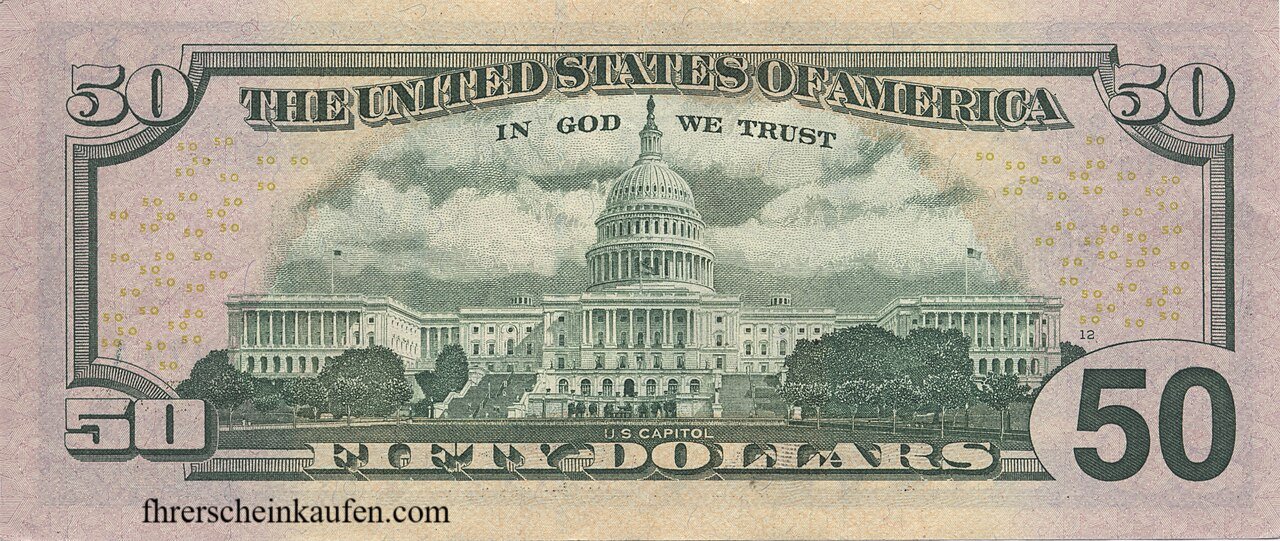
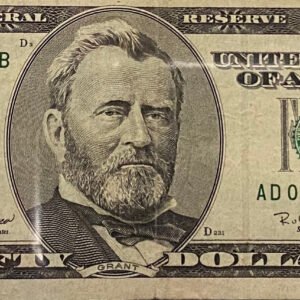
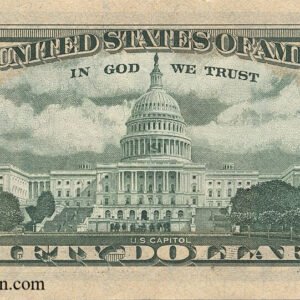




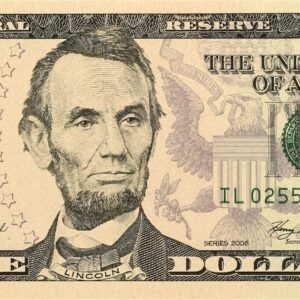
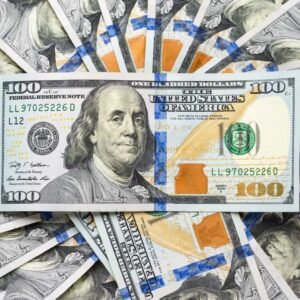


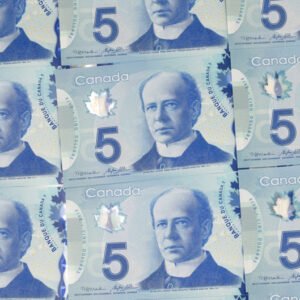

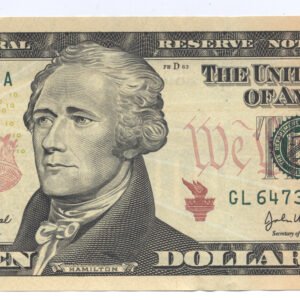
Reviews
There are no reviews yet.